Nancy McBrady, the executive director of the Wild Blueberry Association of North America, stood in the kitchen at Fork Food Lab in Portland watching chefs from national restaurant chains (such as Applebee’s) and food service corporate kitchens (such as Sysco) compete to make the best dish from a box full of Maine ingredients. The star was wild blueberries, both fresh and frozen, and all around the commercial kitchen, 10 chefs were pureeing, sauteeing and garnishing with Maine’s tiny native berry.
Meanwhile, McBrady was speaking frankly about trouble in the wild blueberry business.
“The industry is actually facing a lot of difficulty right now,” McBrady said, listing off a series of factors, particularly a glut of frozen berries, that have led to such depressed prices that farmers are taking huge losses. Some berries may be left on the vines as a result; the Passamaquoddy Wild Blueberry Company, which has 1,000 acres of wild blueberries on tribal land and typically harvests about 7 million pounds, announced it will skip this year’s harvest. The stark reality is that some of these farmers might spend more harvesting than they would make on the crop, and that’s assuming they could even find a buyer.
Just a month ago, the United States Department of Agriculture agreed to buy $10 million worth of the 2017 crop – the third year in a row and the fourth time in six years that the federal government will subsidize the state’s wild blueberry growers. And at a good rate; last year the government paid between 96 cents and $1.24 per pound, more than three times the amount growers received from processors.
Despite the need for that subsidy, the participating chefs at late July event at Fork Food Lab had spent the previous two days dining out at top Portland restaurants, including Vinland (lunch at Eventide would come after the competition), touring an organic blueberry farm in Dresden and a seaweed farm in Casco Bay, all courtesy of the Wild Blueberry Association of North America’s marketing and promotion budget. The night before they’d ordered everything on Scale’s menu. Now they had 90 minutes to pull together an entree using lobster, pureed seaweed, oyster mushrooms, local ginger, cornmeal and of course, wild Maine blueberries.
“What you’re seeing is the yin and yang of wild blueberries,” McBrady said.
The yin, she said, is the association’s work on behalf of the commodity, lobbying the government to buy a crop growers are having trouble selling. The yang is building a future market for a berry that is so geographically specific – in America it grows in great swaths of commercially harvestable land only in Maine – that it remains an unknown to many consumers and to decision makers in the food service industry. Hence events like this one, which the association had labeled “Eating on the Wild Side,” intended to emphasize the intensity of the wild blueberries flavor as well as its health benefits of wild blueberries, which research from the USDA has shown have twice the antioxidant power – disease fighting! alleviating aging issues! – of conventional high bush blueberries. Working with Westbrook-based Ethos Marketing & Design, the commission has made strides in consumer awareness in recent years, quadrupling traffic to its website, getting more than 6,000 mentions in national mainstream media in 2016 and more than 320,000 Facebook likes, up sixfold since 2013.
“While we are working really hard to find short-term relief, if you will, with the bonus buy,” McBrady said, referring to the USDA’s purchasing program. “The yang to that is that we are doing thoughtful outreach to the trades and through marketing efforts like this,” McBrady added. “We have to be thinking broadly.”
FULL FREEZERS
Every commodity requires marketing, but arguably, the Maine wild blueberry is in particular need of a fierce campaign to reach consumers. It faces stiff competition from Canada, where the bulk of the world’s wild blueberries grow naturally. Maine growers have worked hard to improve their yields, and in recent years the state’s 44,000 acres of blueberry fields have produced just over 100 million pounds annually. Crops have been good, but to the north, where the weak Canadian dollar means berries can be purchased more cheaply for American markets, yields have also improved at the same time as growers have expanded their growing regions.
While wild blueberries are native crops, clearing land for them allow the plants to spread, thus expanding farms. In Quebec alone, yields had been between 70 and 80 million pounds annually, according to David Yarborough, a wild blueberry specialist with the University of Maine Cooperative Extension who works as a consultant to the Wild Blueberry Association of North America. Newly cleared fields in Quebec led to a 126 million pound yield in 2016, a more than 50 percent increase. That’s a major reason for the glut.
So too is the availability of conventional blueberries – from cultivated high bush plants – on the market, Yarborough said. So many are coming in from areas like the Pacific Northwest that he said 400 million pounds of the American grown high bush blueberries end up frozen annually. Since wild blueberries don’t travel well fresh, the Maine crop that leaves the state is almost entirely processed and flash frozen, thus frozen conventional berries are direct competition.
The larger Maine growers, some of whom also have fields in Canada, like Wyman’s, still have product left in their freezers from the last growing season, despite last year’s USDA buy-back program, which took 11.7 million pounds, ultimately valued at $12.2 million. The berries were delivered to every state but Alaska, Hawaii and Rhode Island in 2016. Then state agencies distributed them to food bank networks locally, according to a USDA spokesman.
Because of that glut, Yarborough said, Maine growers decided to cut back on production this year. Whereas typically they’d bring in 50,000 hives of honeybees to assist with pollination – and even in some years, up to 80,000 – this year Maine growers rented 27,000 hives in anticipation of another tough year for sales. “The hives are expensive,” he said.
Yarborough expects with fewer pollinators and a wet, cold spring that made spraying for pests a challenge, this year’s crop will be 25 percent smaller than last year’s.
That’s not a bad thing though, given the market. Ten years ago, farmers got about $1 per pound, last year prices hovered under 30 cents, about 20 cents less per pound than it costs to grow them.
“Having a large crop again is probably not good, at least not until we can get the demand back up,” Yarborough said.
To avoid such losses, the Passamaquoddy tribe announced it wouldn’t be harvesting this year; typically they sell to Cherryfield Foods Inc., but Cherryfield told the tribe in February that it would not be buying from Passamaquoddy Wild Blueberry Co. (The tribe is suing for breach of contract). “We were totally blindsided,” said Brian Altvater, the president of the tribe’s blueberry company. He said typically about 600 local rakers harvest about 7 million pounds. “It’s a real hit to the local economy.” Are other blueberry growers mowing their fields, rather than harvesting? “That’s an unknown,” Yarborough said. He’s heard from a few others having trouble, and at this point in the season, he said finding buyers is unlikely. “If they are smaller growers without contracts, then they probably aren’t going to sell them.”
“You could do some fresh market but if you aren’t set up for it, there are really not a lot of good alternatives.”
THE RESCUERS
USDA has been assisting producers of agricultural crops since the 1930s with what are known as “emergency removals” and distributed as “bonuses.” Up until 2012, the USDA had never swooped in to buy Maine wild blueberries, despite major fluctuations in prices (in 2002, farmers were getting 28 cents a pound, for instance; in 2007, they went for $1 a pound, but by 2009 they’d dropped to 36 cents).
But in that 2012 growing season, Maine’s Washington delegation helped lobby for a 10-million pound buy, ultimately valued at $15.6 million. The next fiscal year, USDA bought $14 million worth of Maine blueberries. Last year the federal government spent $298 million on emergency removals of mostly fruits, vegetables and meat products, so wild blueberries were just, pardon the expression, a drop in the bucket. In the 2015 season, a freeze reduced yields in Canada, so there was no need for federal assistance.
But with this year’s announcement of another buyback, is relying on USDA for an infusion of cash to the growers becoming a habit?
“I certainly do not want this to be a long-term strategy,” McBrady said. “I mean, no one does. I do think that in a situation where we haven’t found the right footing between supply and demand, there is a federal resource that is meant for a situation like this, to support American agriculture. And we should at least request it and see if they come through.”
Those requests have been backed by the entire Maine Congressional delegation, she said. Rep. Bruce Poliquin, who represents the 2nd Congressional District, where most of the blueberry farms are, is “a wonderful advocate,” McBrady said. “He was on board the moment we told him we were thinking about pursuing this, and he helped with outreach to USDA.”
“If we need to ask for a few more bonus buys, we will,” she said. “But I don’t anticipate, once we crawl out of this, that we will ask for more. We are not going to be like, ‘Hey that bonus buy was great, can we have another?’
But the wild blueberry crop is special and should be protected, she said. “We are the only state in America that does this. We need to survive. We should survive. We will survive.” The blueberry experts remain optimistic about the future. When Yarborough called to discuss the challenges facing the industry, he was on the road. He’d just left a consulting gig in Township 7, where he said a forestry company was looking into bringing in wild blueberries in areas that had recently been logged (wild blueberries typically can be found in the woods; clearing the canopy gives them room to take over). They were still interested, despite the issues plaguing growers.”I guess somebody has got some faith,” he said.
GOING ORGANIC FOR THE WIN
Another positive sign for wild blueberries is in production of organic berries, which have not been subject to such wild price fluctuations and consistently get a far higher price.
“Demand is good and sales are good,” Yarborough, said. He estimates that organic growers get $1.60 per pound for their berries.
The Maine Organic Farmers and Gardeners Association (MOFGA) has certified 40 farms throughout the state as organic, covering 1,286 acres, just a tiny portion of the state’s total of 44,000 acres of wild blueberry fields. Most of the organic growers run small operations; only six have farms bigger than 50 acres.
“We’ve had some increased interest in certifying, including some of the big guys,” MOFGA agricultural services director Dave Colson said in an email. The organic certification process takes three years without chemical inputs. Most of the big growers are not organic, although Yarborough said some are experimenting with converting some fields, and one, Merrill Blueberry Farm in Ellsworth, is the only organic certified processor. “But primarily increased interest in the process without a lot of growth, yet. Most want to see what happens this year.”
This season so far? “It’s pretty good,”said Nicolas Lindholm, who along with Ruth Fiske runs one of the bigger organic farms, Blue Hill Berry Co. They have 70 acres spread out over about 10 locations on the Blue Hill Peninsula. Lindholm started in the business with five acres, and has been steadily growing his business, successfully. Most of Blue Hill Berry Co. sales are fresh (about 80 percent), but they also ship a frozen product all over the country.
Lindholm said Yarborough’s $1.60 per pound is a low figure, more like what a grower would get selling to a processor. On the fresh market, Lindholm is getting $6 a pint. He brought his first fresh wild blueberries to market a week ago, and had no problem selling out. “It’s a pretty strong market,” he said, but he attributes that to steadily building business – and direct relationships within the marketplace – over the last 20 years.
Not that it’s a piece of cake.
“The industry as a whole is under great pressure, particularly facing extreme pressure from Canadian berries that I am certainly not immune to,” he said.
Expanding the market for organic berries is key, Colson said, before other growers make that conversion to organic, because otherwise the organic side of the crop is likely to face the same kind of price drop that the big growers have seen.
ON THE MENU?
The day before the competition at Fork Food Lab, David Yarborough took the group to Fields’ Field organic wild blueberry farm in Dresden for an up-close look at the barrens. He said a lot of the chefs and food service representatives seemed more oriented toward fresh product, which in almost all cases are cultivated blueberries grown on high bushes. The leap to considering a frozen, and much smaller, berry is a big one. “I don’t think universally they were all sold on it,” Yarborough said. “But a lot of them did see the health attributes.”
Sara Lawson, an operations and commercialization chef with the Applebee’s culinary innovation team based in Los Angeles, said witnessing the way the blueberries grow wild – with a little help from farmers in terms of water, pollination and nutrients – reminded her of “almost like a fairy kind of magic.”
“I found it really Zen,” she said. “Peaceful and beautiful.”
Her work is focused on helping cooks at nearly 2,000 Applebee’s restaurants manage their time strategically. Translation, she’s not a buyer. But as she sliced up a plump lobster tail for her dish in the competition, she said she could see how frozen wild blueberries could work for say, a bar drink.
As the event at Fork Food Lab was winding down, McBrady deemed it a success. “Just making that relationship and starting that conversation is a success.”
“Beyond that, if one or two of them added it to their account? That would be amazing.”
She said the Wild Blueberry Association of North America will definitely repeat the event next year, capitalizing on the momentum they’d created this July.
“We can’t be one and done,” she said. “That would be silly. If we create a buzz within the industry and we see this popping up on menus, we’ve just got to keep moving in that direction.”
Mary Pols can be contacted at 791-6456 or at:
Twitter: MaryPols
Correction: This story was updated at 12:07 p.m., Aug. 8, 2017, to reflect that wild blueberry growers typically import between 50,000 and 80,000 hives annually to pollinate the fields, but this growing season the number was about 27,.000, according to David Yarborough, wild blueberry expert and UMaine professor of horticulture.
Send questions/comments to the editors.


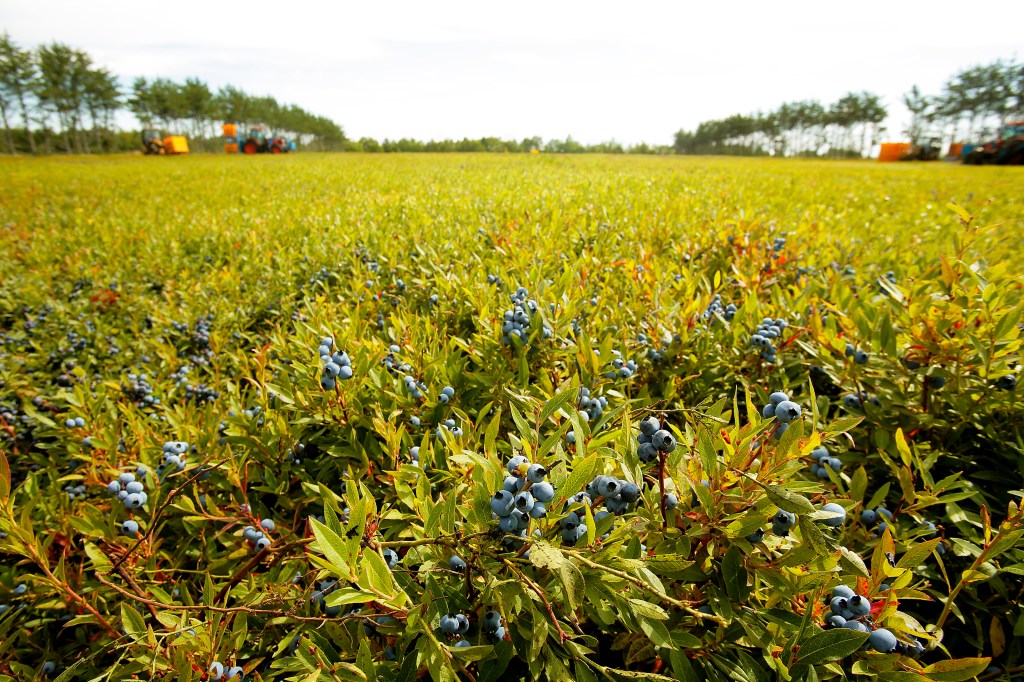
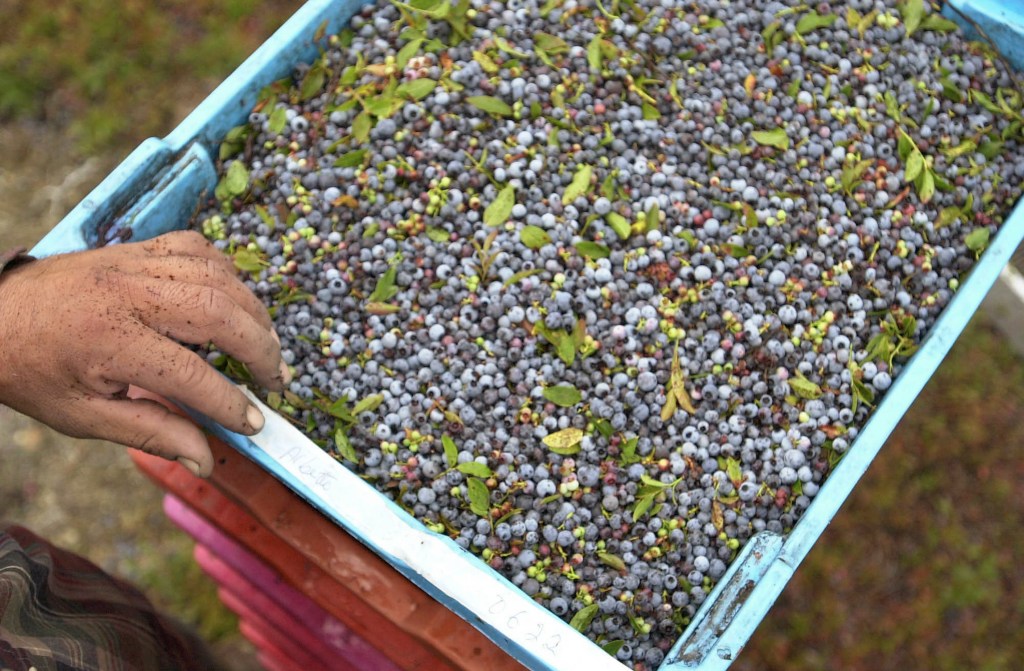
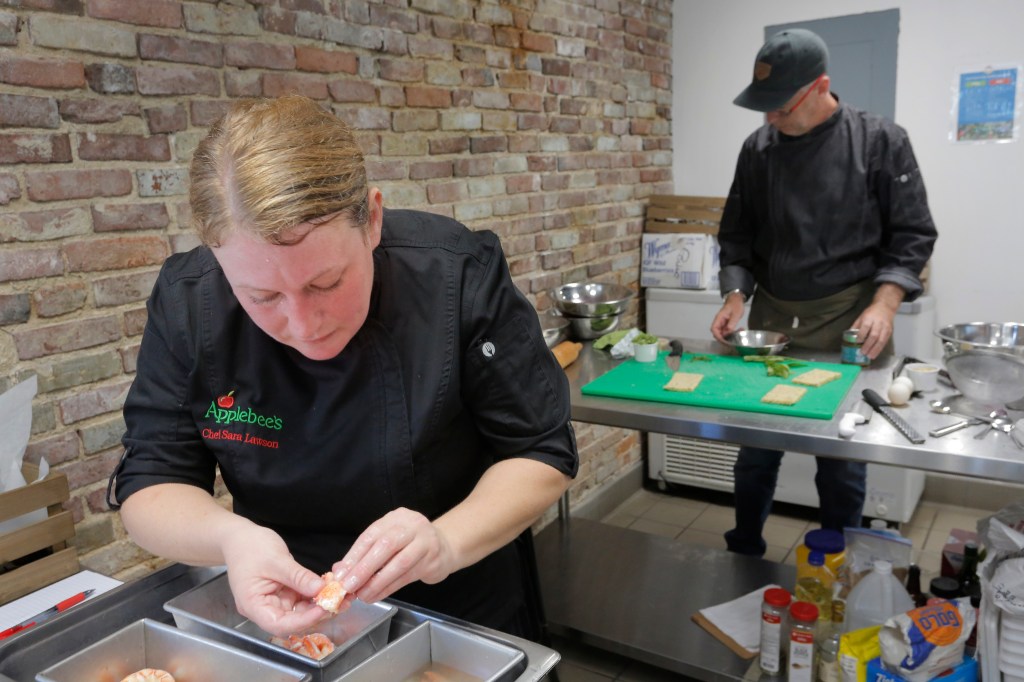
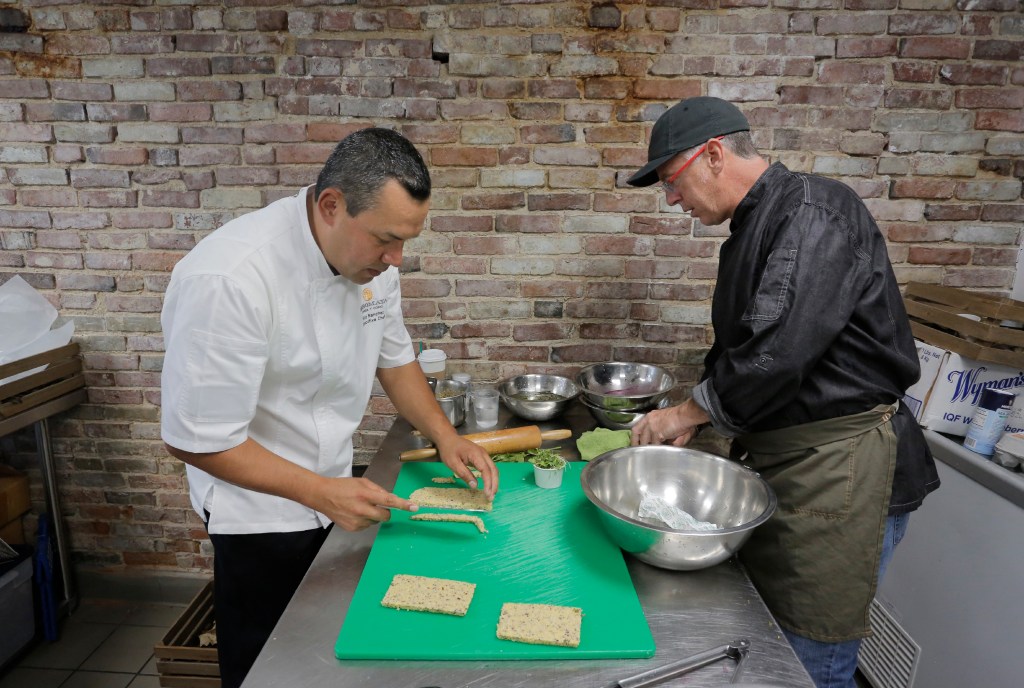
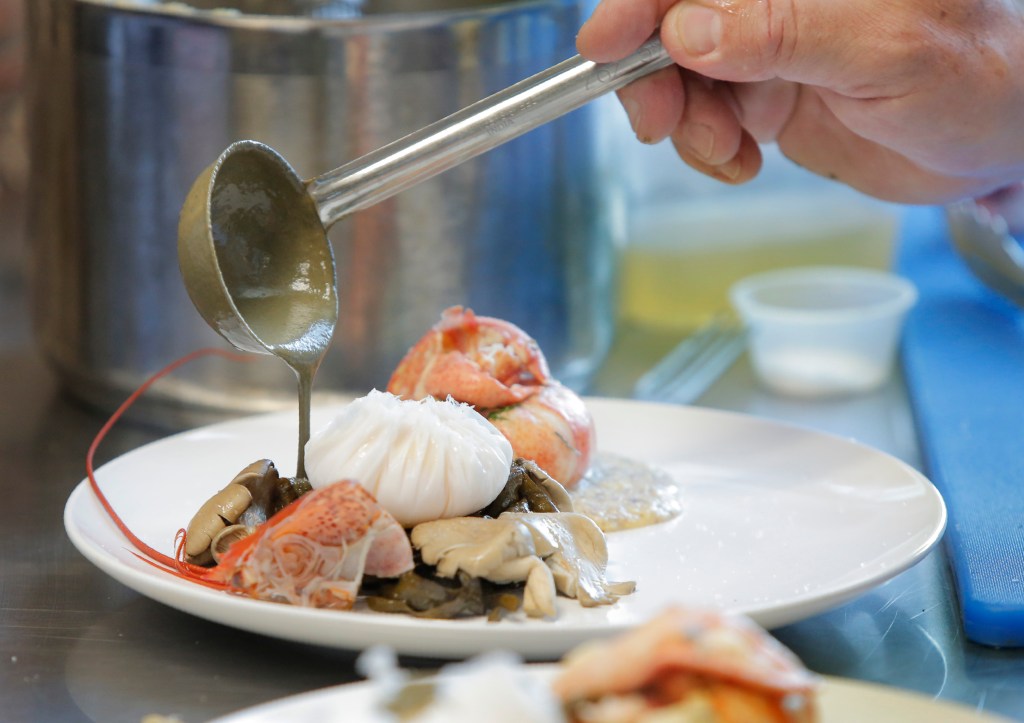
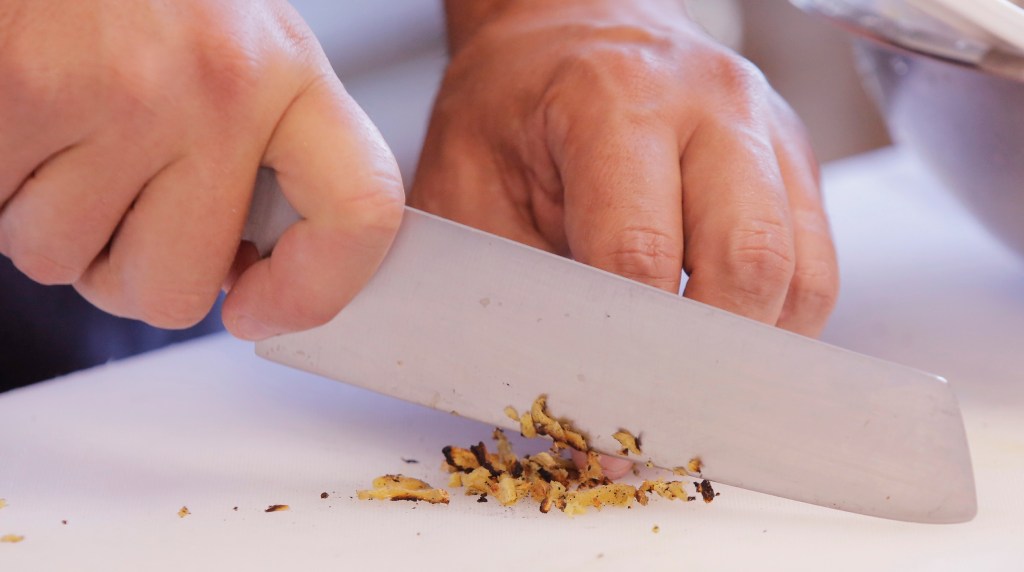
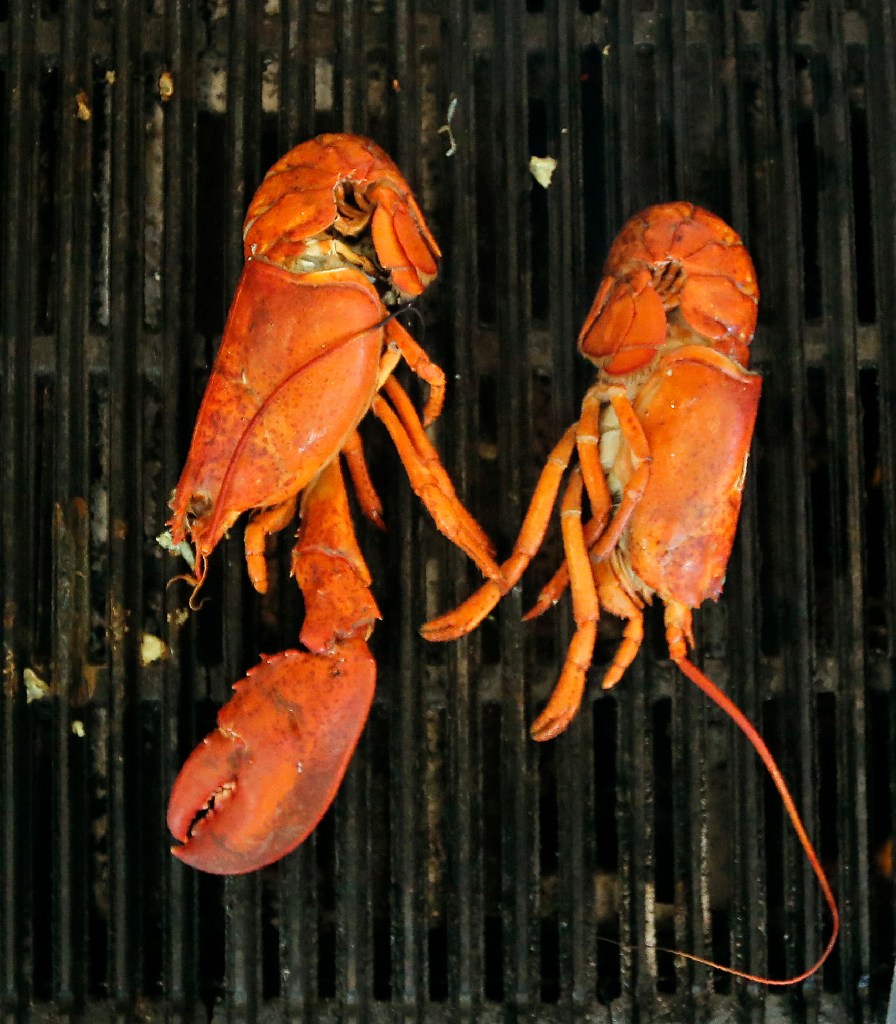
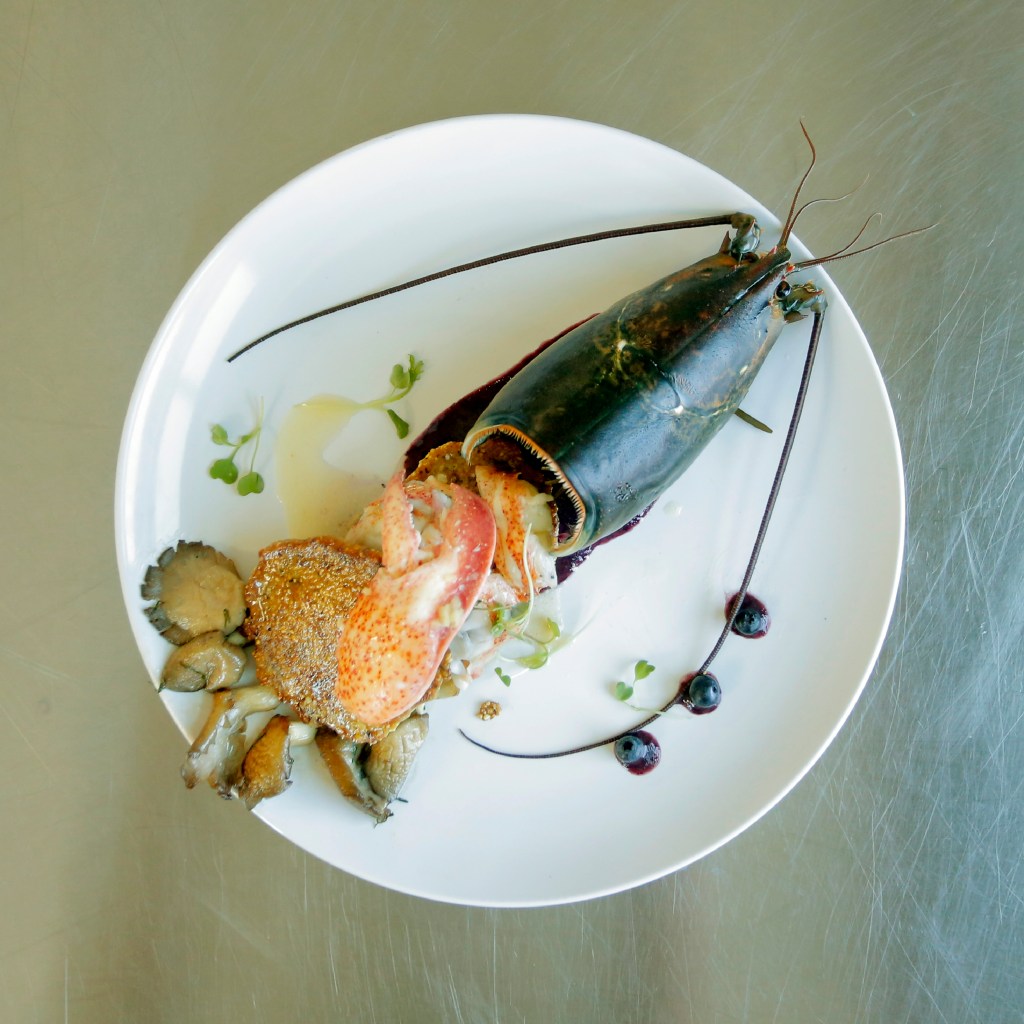

Comments are no longer available on this story